关于PHP7中字符串处理逻辑的优化!
- 建站笔记
- 2022-05-27
- 888
推荐教程:《PHP7》
一、 通过代码对比 PHP 5 和 PHP 7 中字符串处理的区别
?? 先看如下示例代码:
$a = 'foo'; $b = 'bar'; $c = "I like $a and $b";
?? 在 PHP 5.6 中执行代码,得到的 opcode 输出如下图:
?? 具体的执行过程:
首先为 I like 申请内存然后为 I like foo 申请内存,然后将 I like 和 foo 复制到新申请的内存空间并返回继续为 I like foo and 申请内存,然后将 I like foo 和 and 复制到新申请的内存空间并返回最后为 I like foo and bar 申请内存,然后将 I like foo and 和 bar 复制到新申请的内存并返回释放字符串处理过程中申请的内存空间?? 在 PHP 7 中执行代码,得到的 opcode 输出如下入: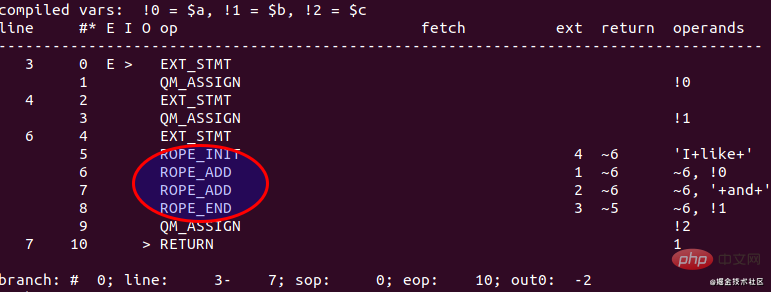
?? PHP 7 中对字符串的处理过程相对简单,首先创建一个堆栈 stack,然后将要连接的字符串片段存入栈空间,最后只需要分配一次内存空间,然后将结果从栈中移动到所分配的内存空间中。相较于 PHP 5,PHP 7 在处理过程中避免了反复申请内存的过程。而 PHP 7 在字符串处理方面性能的提升得益于数据结构 rope 的使用。
二、 Rope 数据结构介绍
⒈ Rope 介绍
?? Rope 是一棵二叉树,其中每个叶子节点存储的是字符串的子串,每个非叶子节点存储的是位于该节点左侧的每个叶子节点所存储的子串中所包含的字符总数(方便了根据索引查找指定字符)。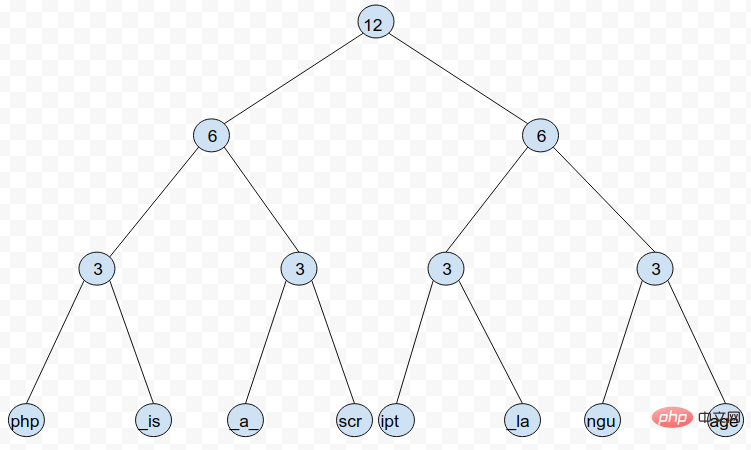
⒉ Rope 的优势和不足
?? 优势:
Rope 使得字符串的插入、删除等操作更快速,相较于传统额字符数组的方式,Rope 的时间复杂度为 ,字符数组的时间复杂度为 以字符数组的方式对字符串进行操作时,首先需要进行数组的拷贝,这样就需要占用额外的内存空间 ,而 Rope 不需要事先进行拷贝Rope 不需要像字符数组那样需要大块连续的内存使用 Rope 数据结构,字符串操作的撤销会非常方便使用 Rope,无论所操作的字符串的 size 多大,性能都十分稳定?? 不足:
需要额外的内存空间存储非叶子节点,相较于字符数组增加了内存空间的消耗由于二叉树的结构相较于字符数组比较复杂,这样在操作 size 较小的字符串时性能反而比较差使用 Rope 操作字符串,增加了代码的复杂度,同时也增加了出现 BUG 的风险⒊ Rope 的代码实现
?? Rope 的本质是一棵二叉树,其基本的插入、删除、搜索操作与二叉树相同。这里只对字符串的联接(concat)和拆分(split)进行介绍。
另外,为了尽量减少操作的时间复杂度,可以将 Rope 构造成一棵 AVL 树,这样在每次操作完成后实现自平衡。但这样可能会增加一些撤销操作的复杂度。例如,将两棵高度不等的 Rope 进行 concat 操作后形成的新的 Rope,通过节点旋转实现自平衡后可能会破坏原先两棵树的结构,这样如果要撤销之前的 concat 操作会变得非常复杂。
? concat
?? concat 操作相对简单,只需要将两棵 Rope 树联接成一棵新的 Rope 树即可
? split
?? 对 Rope 树进行拆分的时候,会遇到两种情况:拆分的位置正好位于某个节点的末尾或者拆分的位置在某个叶子节点的中间。对于第二种情况,我们可以把相应的叶子节点进行拆分,从而转化成第一种情况。而对于第一种情况,根据节点所处的位置又可以分为两种情况:
??a. 节点位于最左侧或最右侧的分支
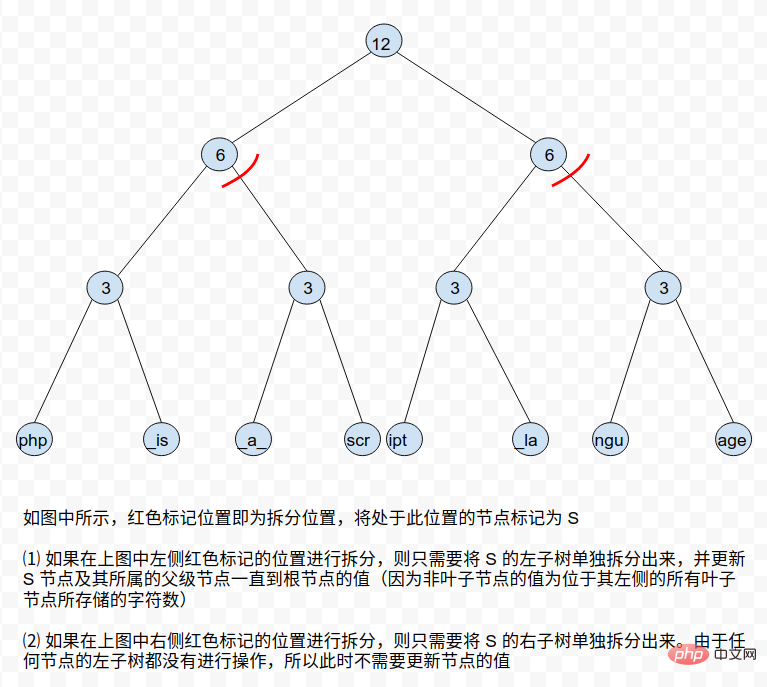
??b. 节点位于 Rope 树内部的分支
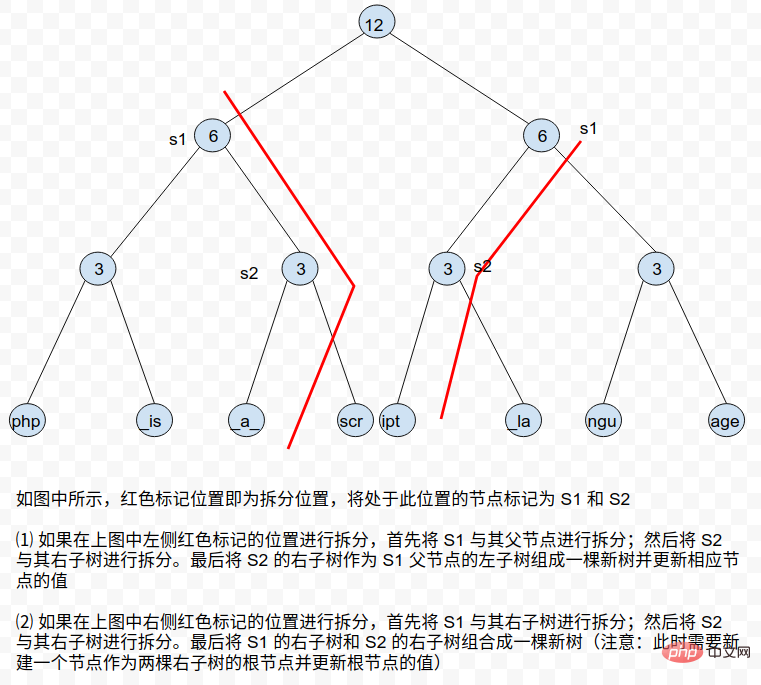
class Node:
def __init__(self, data):
self.parent = None
self.left = None
self.right = None
self.data = data
self.weight = 0
def __repr__(self):
return str(self.__dict__)
def __str__(self):
return str(self.__dict__)
class Rope:
# 每个叶子节点最多存储 5 个字符,包括空字符在内
LEAF_DATA_LEN = 5
def __init__(self):
self.root = None
def create_rope(self, parent, data, left_index, right_index):
"""
创建 rope 数据结构
:param parent: 父节点(根节点的父节点为空)
:param data: 用于创建 rope 数据结构的原始数据,这里只接受 list 和 str 两种类型
:param left_index: 起始位置索引
:param right_index: 结束位置索引
:return: Node
"""
if isinstance(data, str):
data = list(data)
elif not isinstance(data, list):
return
if right_index - left_index > self.LEAF_DATA_LEN:
node = Node("")
node.parent = parent
middle_index = (left_index + right_index) // 2
node.weight = middle_index - left_index
node.left = self.create_rope(node, data, left_index, middle_index)
node.right = self.create_rope(node, data, middle_index, right_index)
else:
node = Node(data[left_index: right_index])
node.parent = parent
node.weight = right_index - left_index
if node.parent is None:
self.root = node
return node
@staticmethod
def calc_weight(node):
"""
计算节点 weight 值
:param node:
:return:
"""
if node is None:
return 0
init_weight = node.weight
while node.right is not None:
node = node.right
init_weight += node.weight
return init_weight
def concat_rope(self, data1, data2):
"""
字符串连接
:param data1:
:param data2:
:return:
"""
r1 = Rope()
r1.create_rope(None, data1, 0, len(data1))
r2 = Rope()
r2.create_rope(None, data2, 0, len(data2))
node = Node("")
node.left = r1.root
node.right = r2.root
r1.root.parent = node
r2.root.parent = node
node.weight = self.calc_weight(r1)
self.root = node
def split_rope(self, data, index):
"""
字符串拆分
:param data: 要拆分的字符串
:param index: 拆分的位置(字符串索引从 0 开始计算)
:return: Rope
"""
if index < 0 or index > len(data) - 1:
return
node = self.create_rope(None, data, 0, len(data))
original_index = index
if index == self.root.weight - 1:
# 在根节点拆分
rope_left = node.left
rope_left.parent = None
rope_right = node.right
rope_right.parent = None
return rope_left, rope_right
elif index < self.root.weight - 1:
while index < node.weight - 1 and node.data == "":
node = node.left
else:
while index > node.weight - 1 and node.data == "":
index -= node.weight
node = node.right
if node.data != "":
# index 落在了最左侧和最右侧的两个叶子节点
if original_index < self.root.weight - 1:
# index 落在了最左侧的叶子节点
rope_left = self.create_rope(None, node.data[0:index + 1], 0, index + 1)
rope_right = self.root
# 更新 rope_right 的 weight
node.data = node.data[index + 1:]
while node is not None:
node.weight -= (index + 1)
node = node.parent
else:
# index 落在了最右侧的叶子节点
rope_left = self.root
rope_right = self.create_rope(None, node.data[index + 1:], 0, len(node.data[index + 1:]))
node.data = node.data[0:index + 1]
elif index == node.weight - 1:
# index 正好落在了节点的末尾
if original_index < self.root.weight:
# index 落在了最左侧分支中的非叶子节点的末尾
weight_sub = node.weight
rope_left = node.left
rope_left.parent = None
node.left = None
rope_right = self.root
# 更新节点 weight
while node is not None:
node.weight -= weight_sub
node = node.parent
else:
# index 落在了最右侧分支中的非叶子节点的末尾
rope_left = self.root
rope_right = node.right
rope_right.parent = None
node.right = None
else:
stack = []
if original_index < self.root.weight:
# index 落在了左子树中的节点
index -= node.weight
rope_left = node
rope_right = self.root
node.parent.left = None
node.parent = None
node = node.right
else:
# index 落在了右子树中的节点
rope_left = self.root
stack.append(node.right)
rope_right = None
node.right = None
node = node.left
while node.data == "" and index >= 0:
if index < node.weight - 1:
stack.append(node.right)
node.right = None
node = node.left
elif index > node.weight - 1:
node = node.right
index -= node.weight
else:
stack.append(node.right)
node.right = None
break
if node.data != "":
# 需要拆分叶子节点
new_node = Node(node.data[index + 1:])
new_node.weight = node.weight - index - 1
stack.append(new_node)
node.data = node.data[0:index + 1]
# 更新节点的 weight 信息
while node is not None:
if node.data != "":
node.weight = len(node.data)
else:
node.weight = self.calc_weight(node.left)
node = node.parent
# 组装 rope_right并更新节点的 weight 值
left_node = None
while len(stack) > 0:
root_node = Node("")
if left_node is None:
left_node = stack.pop()
root_node = left_node
else:
root_node.left = left_node
left_node.parent = root_node
right_node = stack.pop()
root_node.right = right_node
right_node.parent = root_node
root_node.weight = self.calc_weight(root_node.left)
left_node = root_node
if rope_right is None:
# index > self.root.weight - 1
rope_right = root_node
else:
# index < self.root.weight - 1
tmp = rope_right
while tmp.left is not None:
tmp = tmp.left
tmp.left = root_node
root_node.parent = tmp
while tmp.parent is not None:
tmp.weight = self.calc_weight(tmp.left)
tmp = tmp.parent
rope_right = tmp
rope_right.weight = self.calc_weight(rope_right.left)
return rope_left, rope_right
rope = Rope()
data = "php is a script language"
index = 18
left, right = rope.split_rope(data, index)
print(left)
print(right)三、 PHP 5 和 PHP 7 底层字符串处理逻辑比较
⒈ PHP 5 中字符串处理逻辑以及存在的问题
? 处理逻辑
PHP 5 中的字符串并没有固定的数据结构,而是采用 C 中以 NULL 结尾的字符数组的方式来处理为了支持二进制字符串(字符串中包含 NULL 字符),还需要额外记录字符串的长度? 存在的问题
??a. 字符串的长度
?? PHP 5 中 zval 中定义的字符串的长度为 int(有符号整型) 类型,这就导致即使是在 64 为机器上字符串的长度也不能超过 (LP64 数据模型中,int 永远只有 32 位)。
??b. 格式不统一
// zval 中对字符串的定义,长度为 int 类型
typedef union _zvalue_value {
long lval;
double dval;
struct {
char *val; /* C string buffer, NULL terminated */
int len; /* String length : num of ASCII chars */
} str; /* string structure */
HashTable *ht;
zend_object_value obj;
zend_ast *ast;
} zvalue_value;
// 类实例结构体中对字符串的定义,此时字符串的长度为 zend_uint 类型,相较于 int 类型,字符串长度提升了一倍
struct _zend_class_entry {
char type;
const char *name; /* C string buffer, NULL terminated */
zend_uint name_length; /* String length : num of ASCII chars */
struct _zend_class_entry *parent;
int refcount;
zend_uint ce_flags;
/*……*/
}
// hashtable 的 key 中对字符串的定义,长度为 uint 类型
typedef struct _zend_hash_key {
const char *arKey; /* C string buffer, NULL terminated */
uint nKeyLength; /* String length : num of ASCII chars */
ulong h;
} zend_hash_key;?? PHP 5 中很多地方都支持二进制字符串,由于字符串没有一个固定的结构体,这就导致很多地方都有对字符串的定义。同时,由于各处对字符串长度的定义不同,导致各处支持的字符串长度也不同。
??c. 内存消耗大
?? 在较老版本的 PHP 中,由于没有引入 interned string,同一个字符串如果在多处被使用,为了互不影响,就需要复制多份出来,这就造成了对内存空间大量消耗。
static PHP_FUNCTION(session_id)
{
char *name = NULL;
int name_len, argc = ZEND_NUM_ARGS();
if (zend_parse_parameters(argc TSRMLS_CC, "|s", &name, &name_len) == FAILURE) {
return;
}
/* …… */
if (name) {
if (PS(id)) {
efree(PS(id));
}
PS(id) = estrndup(name, name_len);
}
}?? 以 PHP 函数 session_id 为例,该函数最终将 name 完全复制一份然后存入 PS(id)。这样,后续代码对 name 进行的任何操作都不会影响 PS(id) 中存储的值。
? interned string
?? 从 PHP 5.4 起,为了解决上述字符串复制导致内存消耗大的问题,PHP 引入了 interned string 。另外,由于 interned string 需要共享内存空间,所以在线程安全的 PHP 版本中并不被支持。
?? 所谓 interned string,即一个字符串在一个进程中只存储一次。当一个 php-fpm 进程启动时,会申请一块 size 为 1MB 的 buffer,持久化的字符串(字符串常量、函数名、变量名、类名、方法名……)会被存储到该缓冲并添加到一个 hashtable 中。由于 PHP 处理的 request 之间是相互独立的,所以一个 request 处理完成后,其间在内存中产生的数据都会被销毁。为了在处理 request 的过程中也能使用 interned string,在 request 到来时 PHP 会记录当前 interned string buffer 的 top 位置,在该 request 请求的处理完成后,top 位置之后消耗的空间又会被恢复。

interned string 的初始化,只会发生在 PHP 启动以及 PHP 脚本的编译阶段interned string 是只读的,既不能修改,也不能销毁由于 interned string buffer 只有 1MB 的空间,当 1MB 的空间存满后,后续的字符串处理还会回到引入 interned string 之前的状态
?? interned string 的优势
一个字符串只会存储一次,节省了内存空间interned string 的 hash 只会计算一次,然后被多次使用interned string 的比较最终转换成了指针地址的比较?? 由于需要操作 hashtable,interned string 的初始化和创建会比较复杂,也正因为如此,并不是所有的字符串都适合存入 interned string。
⒉ PHP 7 中对字符串处理进行的优化
struct _zend_string {
zend_refcounted_h gc;
zend_ulong h; /* hash value */
size_t len;
char val[1];
};
typedef struct _zend_refcounted_h {
uint32_t refcount; /* reference counter 32-bit */
union {
uint32_t type_info;
} u;
} zend_refcounted_h;?? PHP 7 中字符串有了固定的结构 zend_string
?? PHP 7 中字符串的长度类型为 size_t,字符串的长度不再局限于 PHP 5 中的 ,尤其在 64 位的机器上,字符串的长度取决于平台支持的最大长度。
??PHP 7 中字符串内容的存储不再像之前使用 char * ,而是使用了 struct hack ,使得字符串内容和 zend_string 一起存储在一块连续的内存空间。同时,zend_string 还内嵌了字符串的 hash 值,这样,对于一个指定的字符串只需要进行一次 hash 计算。
??PHP 7 中字符串引入了引用计数,这样,只要字符串还在被使用,就不用担心会被销毁。
static PHP_FUNCTION(session_id)
{
zend_string *name = NULL;
int argc = ZEND_NUM_ARGS();
/* …… */
if (name) {
if (PS(id)) {
zend_string_release(PS(id));
}
PS(id) = zend_string_copy(name);
}
}
static zend_always_inline zend_string *zend_string_copy(zend_string *s)
{
if (!ZSTR_IS_INTERNED(s)) {
GC_REFCOUNT(s)++;
}
return s;
}
static zend_always_inline void zend_string_release(zend_string *s)
{
if (!ZSTR_IS_INTERNED(s)) {
if (--GC_REFCOUNT(s) == 0) {
pefree(s, GC_FLAGS(s) & IS_STR_PERSISTENT);
}
}
}??仍以函数 session_id 为例,设置 session_id 时不再需要将 name 完全复制,而只是将 name 的引用计数加 1。在删除字符串时也是同样,将字符串的引用计数减 1,只有引用计数为 0 时才会真正销毁字符串。
??PHP 7 中的 interned string 不再需要单独申请 interned string buffer 来存储,而是在 zend_string 的 gc 中将 type_info 标记为 IS_STR_INTERNED。这样,在销毁字符串时,zend_string_release 会检查字符串是否为 interned string,如果是则不会进行任何操作。
以上就是关于PHP7中字符串处理逻辑的优化!的详细内容,更多请关注白琉璃源码网其它相关文章!
本文由白琉璃于2022-05-27发表在白琉璃源码网,如有侵权或疑问,请联系我们,谢谢。
本文链接:https://www.bailiuli.com/t/3495.html
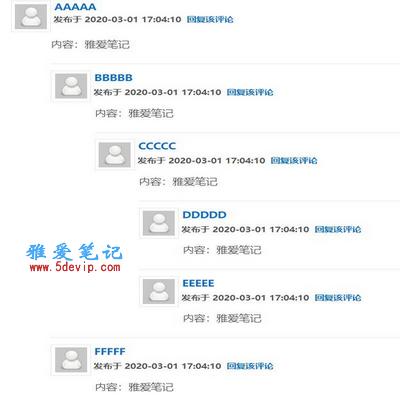

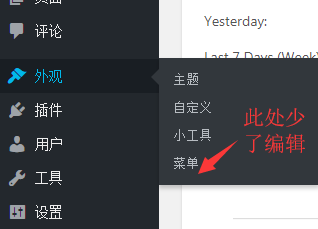
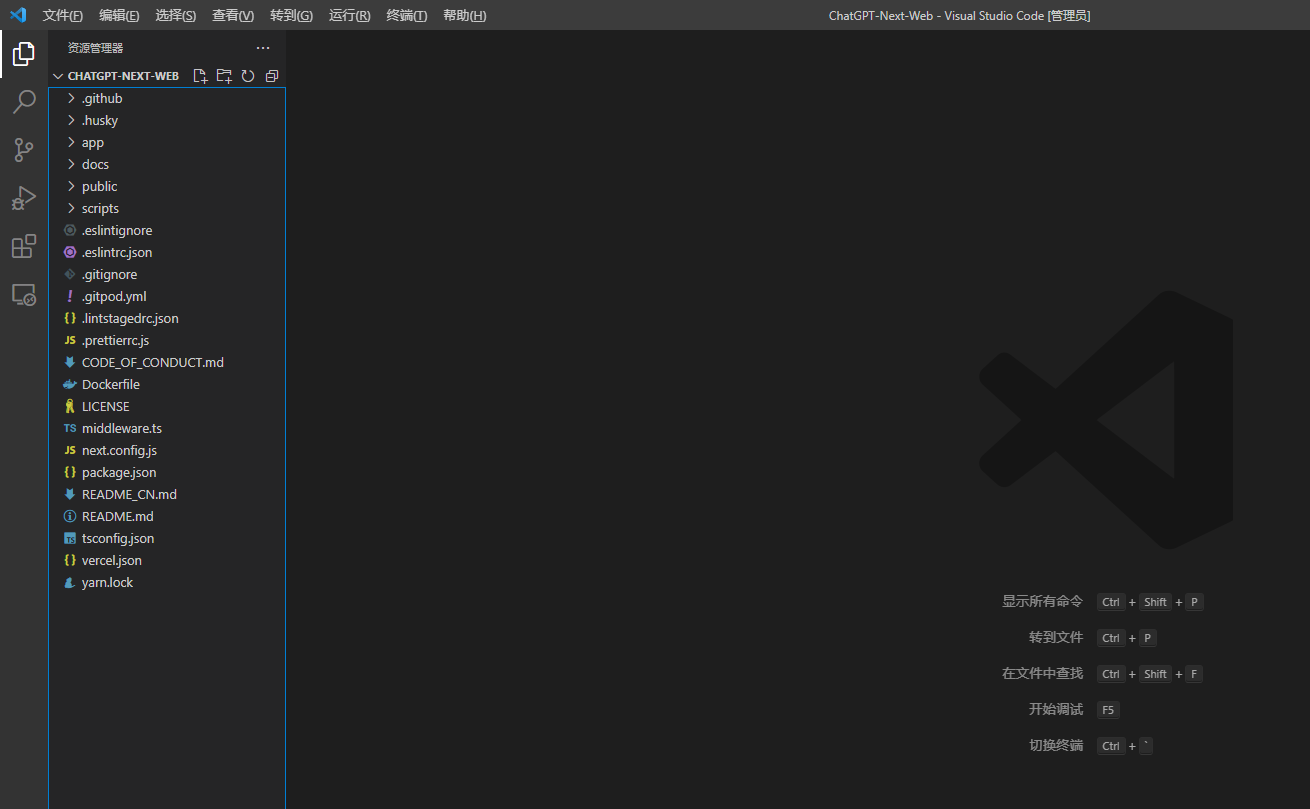

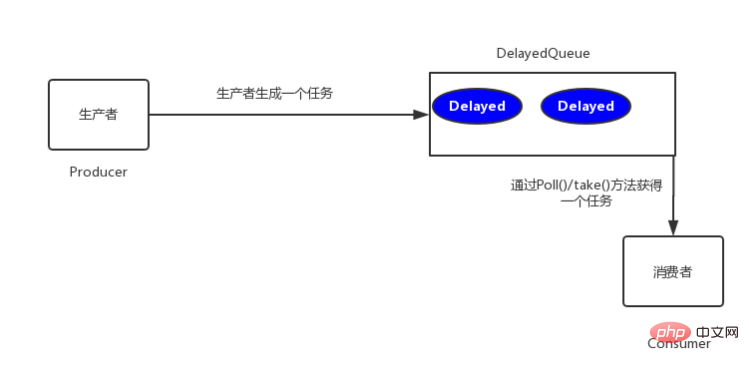

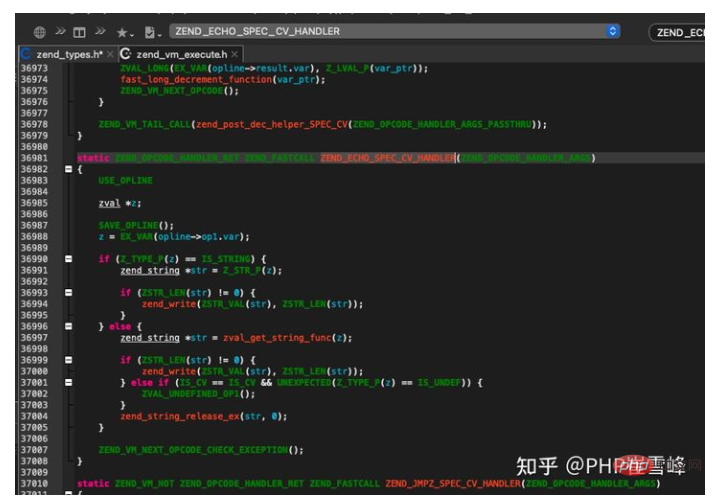





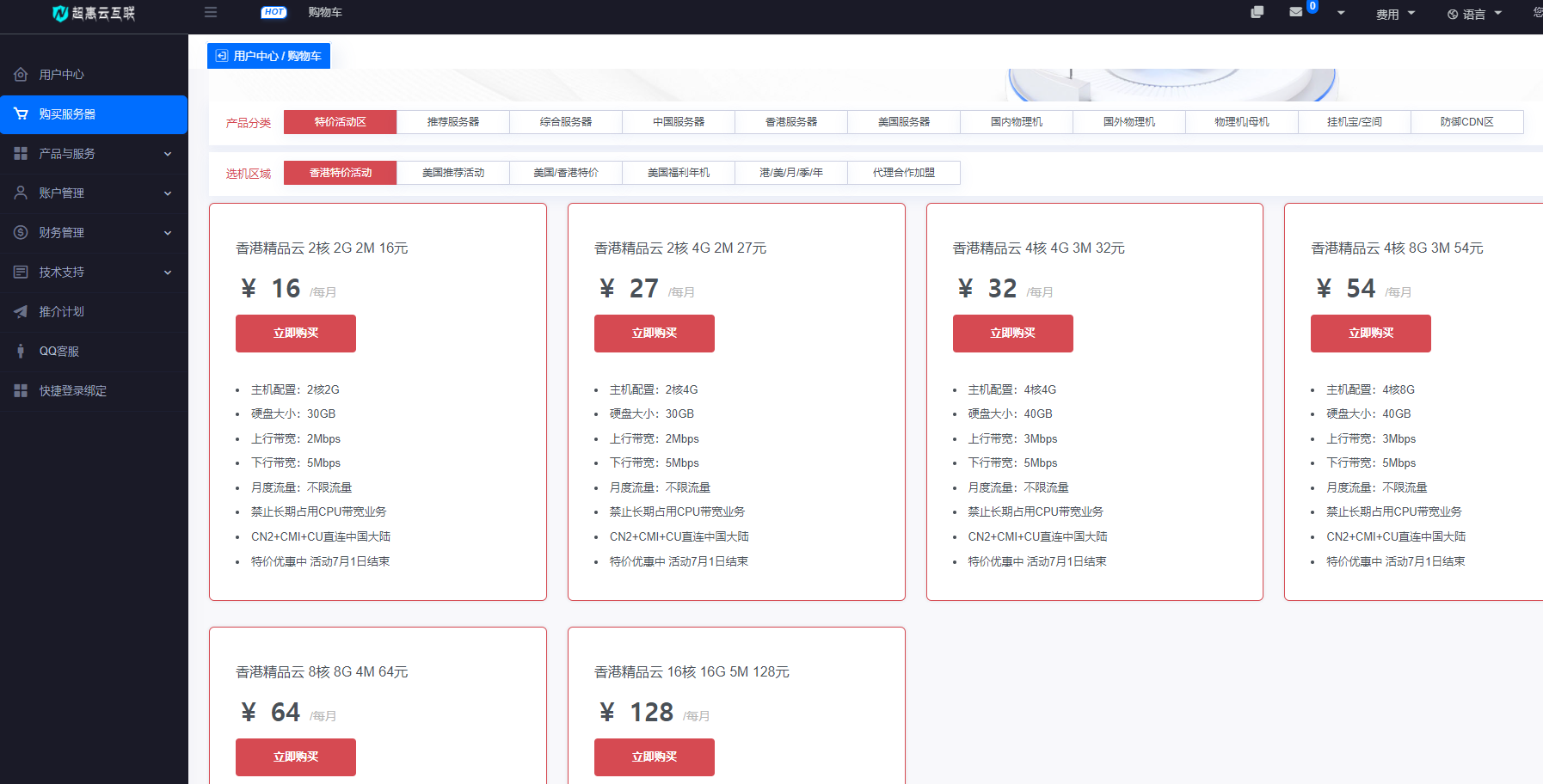
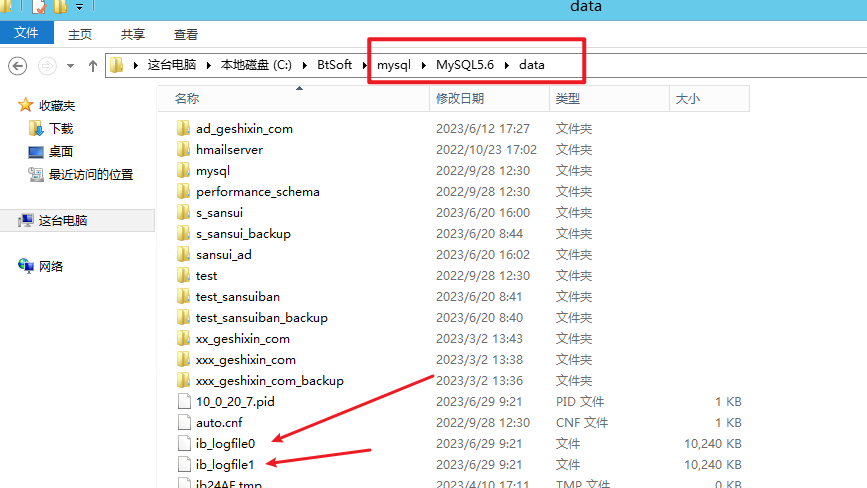
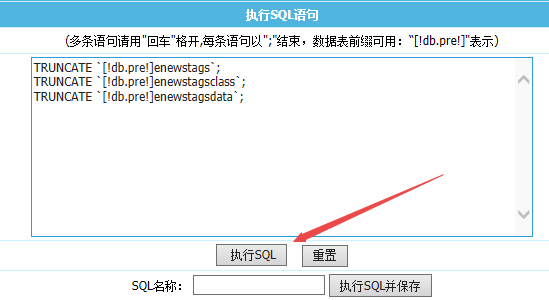

发表评论